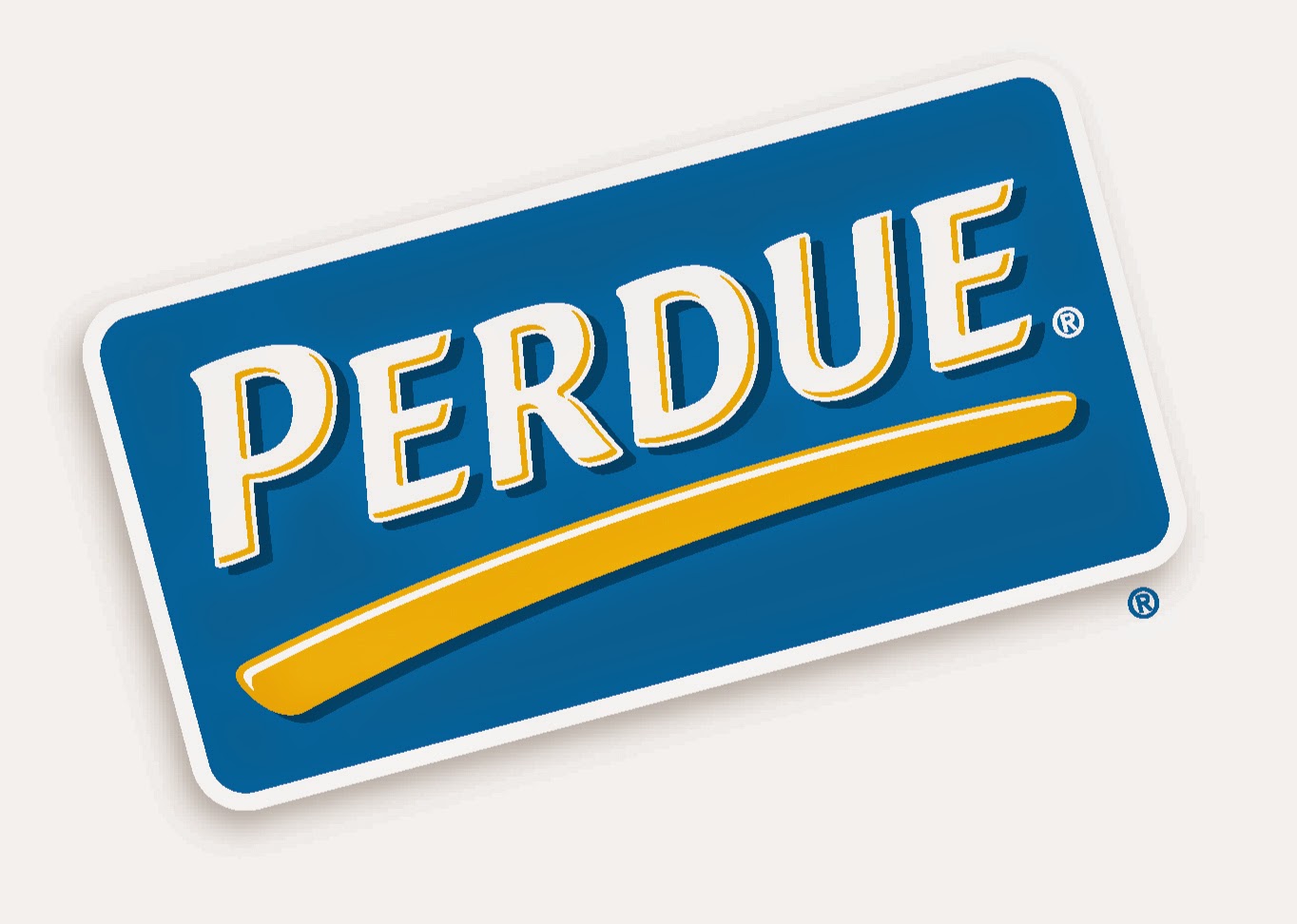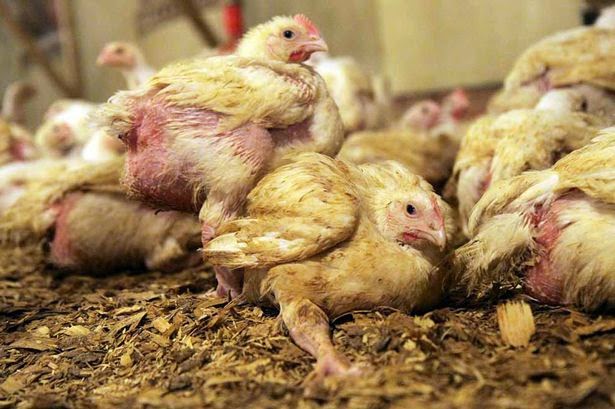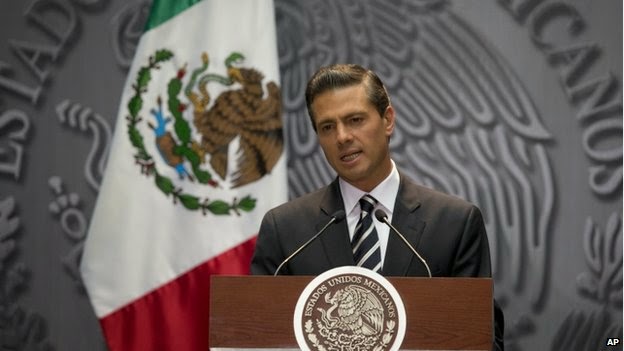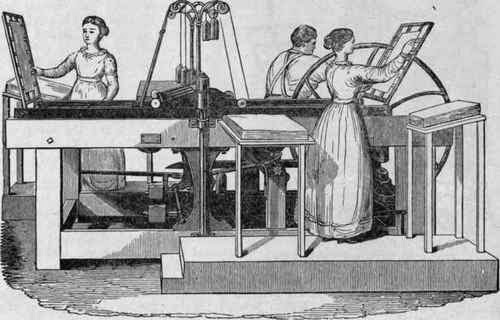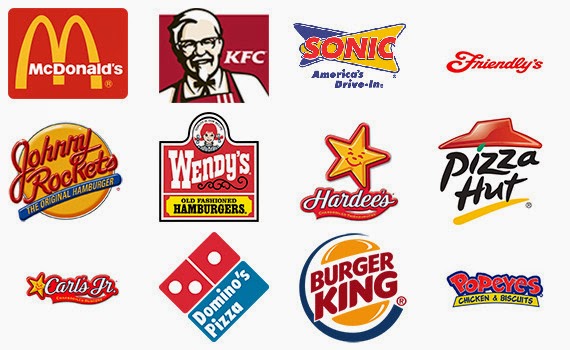 |
| Major fast food corporations. Source. |
 |
| McDonalds Brothers. Source. |
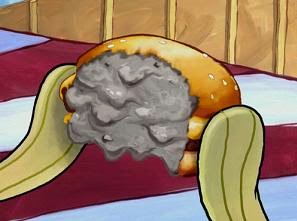 |
| Fake Crabby Patty. Source. |
Back then, meat factories were allowed to label their meats however they wanted. In the movie, Food Inc., it shows how some meat companies would lie about how their chickens were raised. They would label their chickens "humanely raised" and have pictures of barns, and farmers. Humanely Raised means to be raised in a fair and comfortable way. But in reality those cows and chickens are really grown in factory where in the movie, Food Inc., it is shown that both the animals and workers are treated badly. One way the chickens were shown that they were being treated badly was when the movie shows how the chickens were living. All the chickens would be cramped in one big chicken house and would be laying in their own poop. It is also said in the movie that the chickens were given a shot against their will to grow faster. Since the chickens were so big, they had to drag themselves to move, resulting in burns on the chickens bellies. Many food companies don't want you to know this because they don't want you to know the truth about what goes on in their chicken houses.
 |
| Corn is in basically every food we consume. Source. |
meat suppliers choose to feed their produce, chickens and cows, corn
because it is cheaper. Corn is cheaper to produce because the government pays only half of what the corn is really worth while the farmers who grow the corn pay the other half. This causes there to be more corn available at a cheaper price. In the movie, it is shown that large meat companies, like Tyson, like to be able to buy food for their produce at cheaper prices. However, chickens and cows are not meant to eat corn, they are meant to eat greens. By feeding their produce a corn based diet cause some dangerous consequences. One consequence was a getting dangerous sickness.
 |
Kevin Kowalcyk's mom campaigns for safer food. Source. |
In the movie, a story is told by the mother of a two year old who died from a dangerous sickness. His name was Kevin Kowalcyk and he got this sickness from eating ground beef that was contaminated with the sickness. The meat inspectors found the germs that cause the sickness in the meat on the day Kevin ate the meat, August 1, but didn't do anything about it until 16 days later when it was already to late. A solution that the meat companies used was pink slime, which is a mix with regular hamburger meat, beef, and ammonia, which is a dangerous chemical.
 |
Eating "junk food", or fast food causes many health problems such as diabetes and obesity. Source. |
According to the movie, fast food and "junk food" are the cheapest to buy. This is explained in the movie because corn is over grown that it
makes up almost every food you eat. In the movie, it connects obesity, diabetes, and poverty to fast food. If you live in poverty, it would be cheaper to buy fast food instead of healthier foods like fruits and vegetables because they are more expensive. However by buying mainly fast food, you are eating a lot of salt and sugar which leads to diabetes and obesity that cause many health problems.
 |
| Joel Salatin at his farm. Source |
cheaper corn than the Mexican farmers do.
Because of this, many Mexican workers come here to work for the meat factories.
 |
| Food corporations protected by the law. Source. |
because the meat company could sue you.
